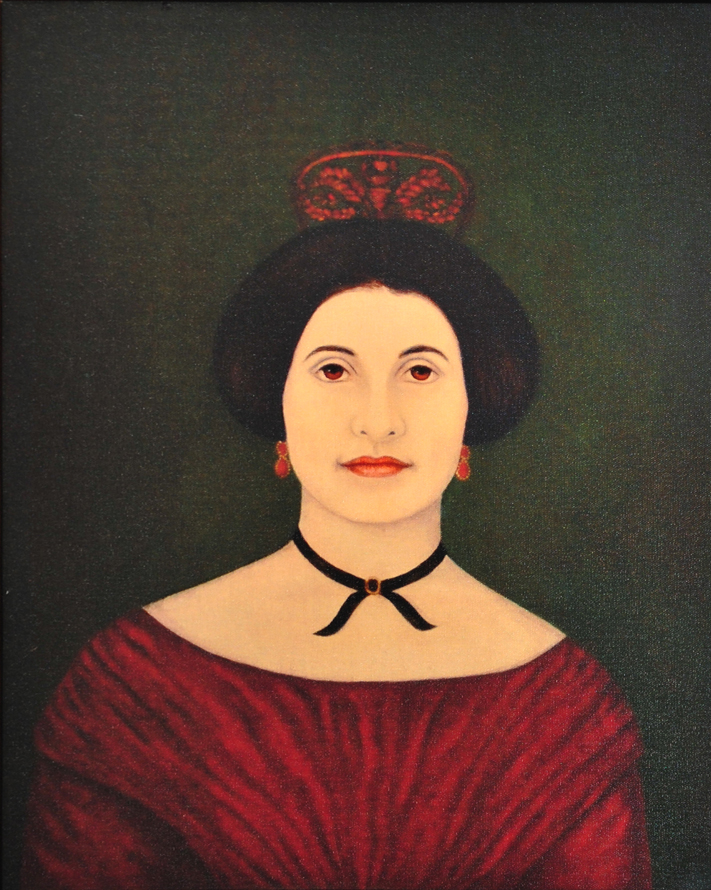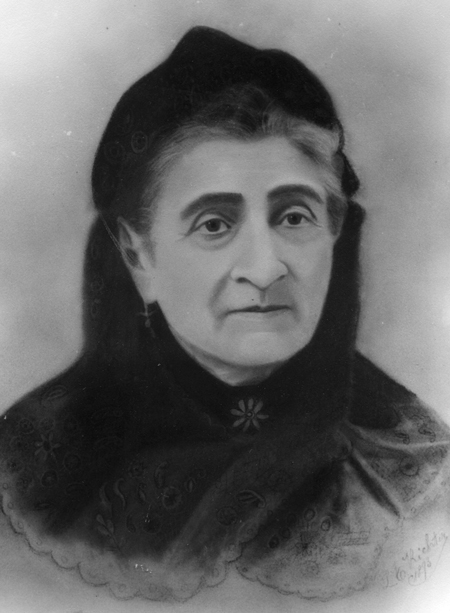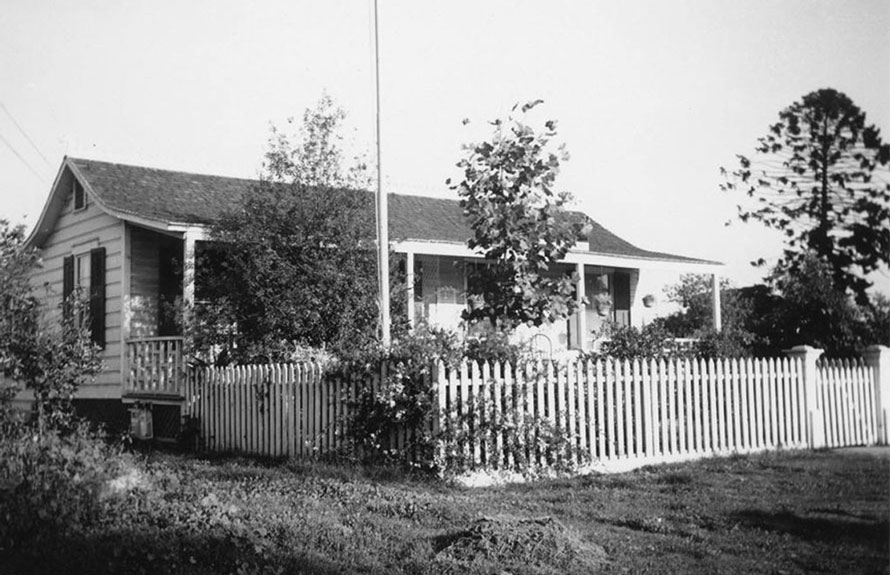WILLIAM HEATH DAVIS painted a marvelous picture of the widow Doña Vicenta when he visited Santa Ana. He wrote, "We stopped next at the rancho of Santa Ana, owned by the beautiful and fascinating widow of Don Tomás Yorba, who had extensive land possessions, and great numbers of cattle and horses. She managed her rancho with much ability. The lady was one of my best customers. In June, 1846, I sold her from $2,000 to $3,000 worth of goods, she having come to the vessel at San Pedro to buy them. Here we passed the night. She also insisted upon furnishing us with fresh horses to Los Angeles, having herself before we appeared in the morning dispatched ours and the vaquero back to Teniente Pico.
"Returning the vaqueros and horses was frequently done when guests remained over night. She provided us with two horses and another vaquero. It had been raining for some days, and the Santa Ana river was high.
"While we were making our preparations to start, Doña Vicenta, her fine hair streaming over her shoulders, a picture of womanly grace and beauty, gave orders to her mayordomo to group four or five manadas (herds), which was done. Having the horses together, the vaqueros drove them into the river, across to the other shore, and then immediately back to the same place. As they returned, Doña Vicenta said: 'The river is now prepared for you to cross.' The object of the movement of the large number of horses had been to trample down and harden the soft sediment or river quicksand at the bottom, so that we could cross on our horses with greater ease and safety, without risk to horse or man."
Vicenta carried on her ranching operation at Warner's until 1869, when she and her family moved to Anaheim, California. She purchased the Mother Colony House there in 1872. They resided there for twelve years after which she spent the remainder of her days living with sons and daughters.
Regarded as a successful business woman and one of the wealthiest women in California, Vicenta was described as not only a great beauty, but was well known and admired for her charity, hospitality, and stories of early Californio life. She died in May 1907 at the age of 94.
In 1929, the Mother Colony House was saved from demolition and became a public museum. |
 The Carrillo family commissioned San Diego artist Robin Lakin to paint a composite portrait of Vicenta Carrillo using family photos. The painting is based on the image of Vicenta and her children, as well as her sisters and her son José Antonio Yorba, who strongly resembled his mother. |



